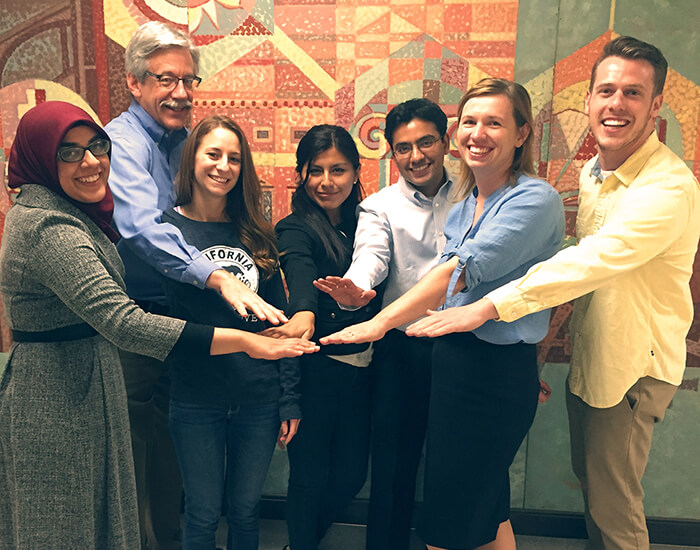Inspired by the project completed by Sana Sirajuddin involving a 3D-printed prosthetic hand, students in the medical product development class (ALS 425) chose to expand on the technology from a passive mechanical system to one that could respond to electrical signals produced by muscles in the arm (EMG signals). This product development modification allowed the hand to actively open and close in real time. Says course instructor Anna Hickerson, PhD, professor of practice in medical device engineering and program director for the medical devices and diagnostics major, "The same methods can be applied to a lot of different designs-whether it's a prosthetic arm or a patient monitoring system." The practical skills that students learn in this course can prepare them for careers solving tangible, real-world problems in the medical-device industry and beyond.ALS 425: Device and Diagnostic Product Development is offered every spring semester to all KGI students and focuses on educating them about various technical and managerial aspects involved in the medical device and diagnostic product development. The class challenges students with a team design project involving the preparation of a problem statement and product design specification, design and prototyping, testing, design for manufacture and assembly, and preparation of a design master record.
Each group had a specific task to complete, but all three had to unite for the final product. Once the students completed their various portions, their designs were put to the test. "It's really exciting to see students' ideas take shape during the semester into tangible prototypes," says Anna. "One of my goals for the class is to help students realize that many skills are easier than they first appear. There are just so many resources available." To see the device in action, watch as former MBS student Lucas Hixon demonstrates a test of the integration between the software and hardware groups. Surface electrodes are placed on his bicep and elbow and connected through the hardware to a stepper motor. When relaxed, the motor spins in one direction. As he flexes his muscle, the motor spins in the other direction. The motor is then connected to a mechanism that causes the release and grasp of the prosthetic hand.
